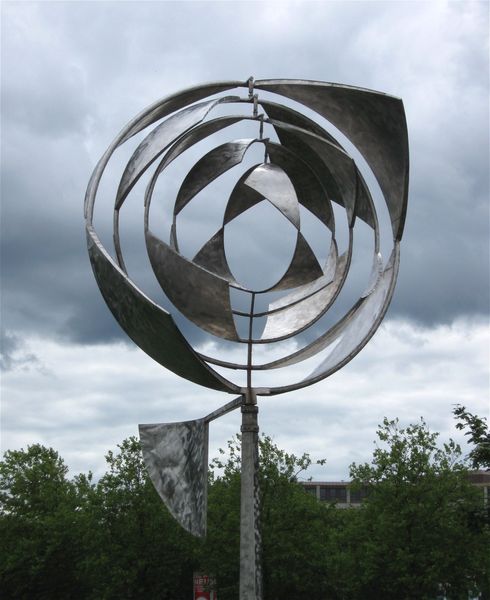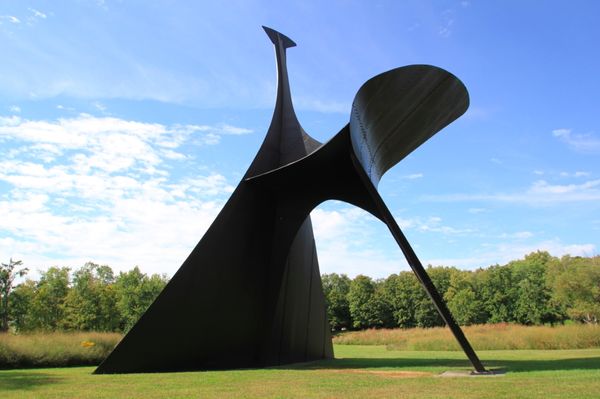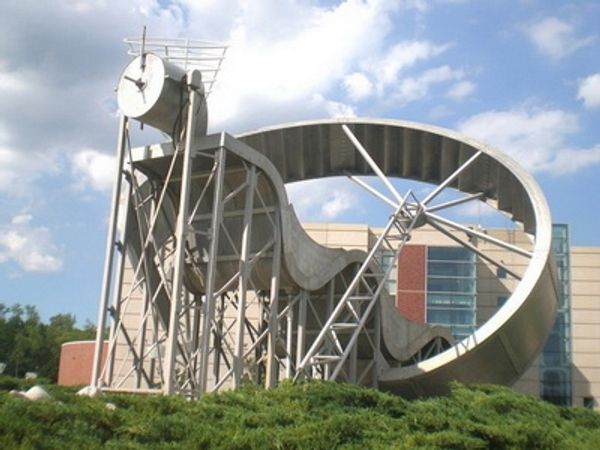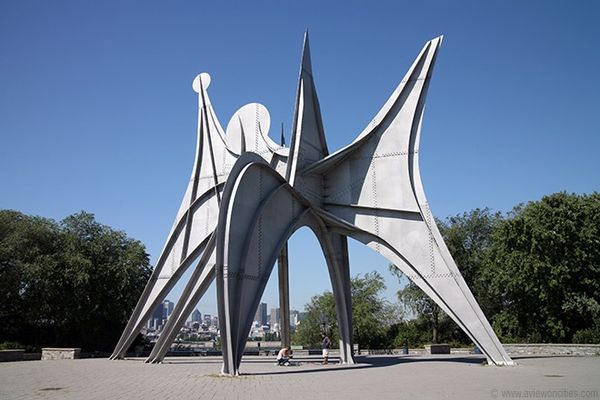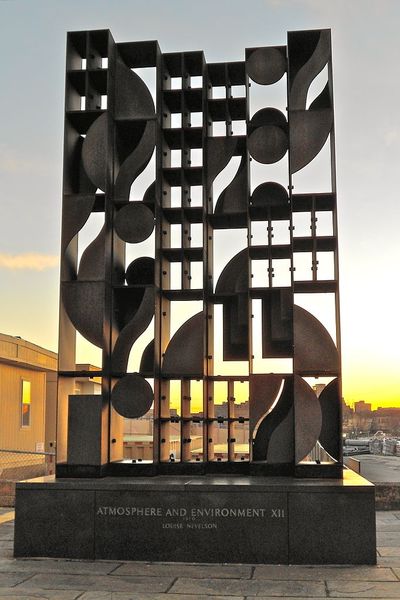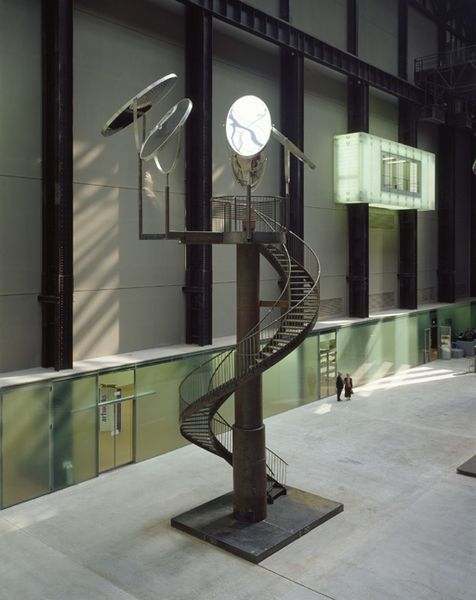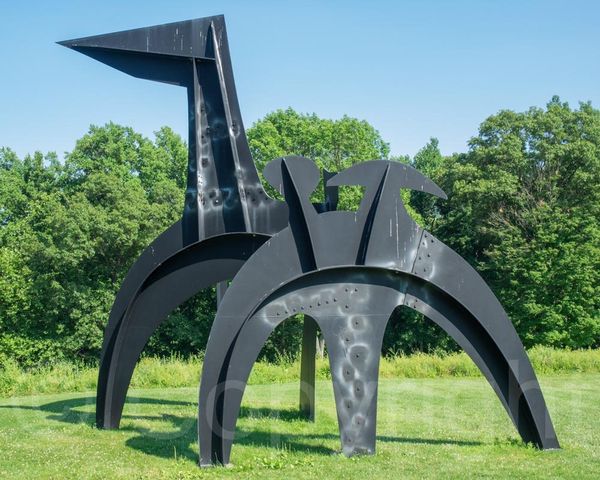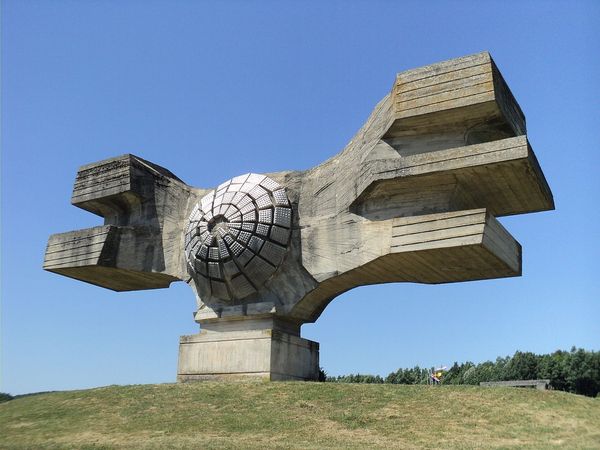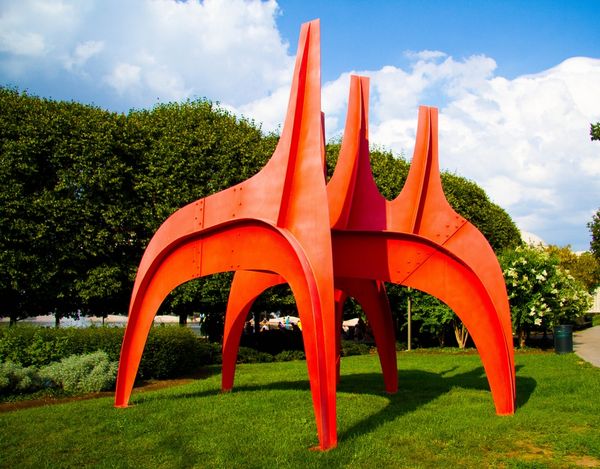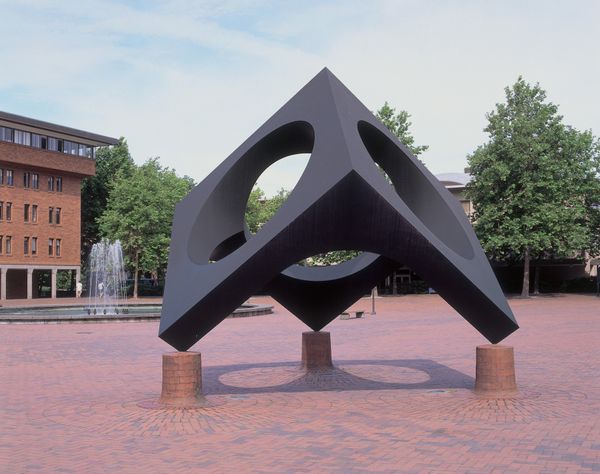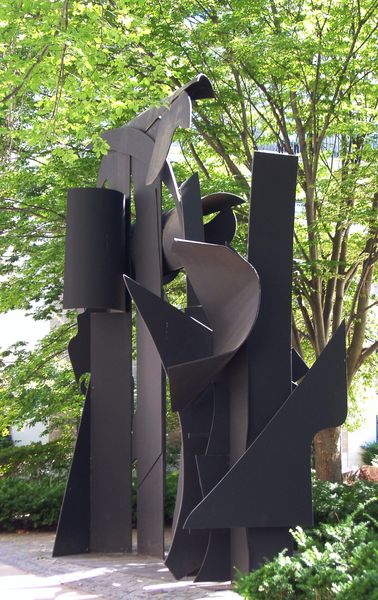
public-art, photography, site-specific, installation-art, architecture
#
contemporary
#
landscape
#
architectural photography
#
public-art
#
photography
#
geometric
#
site-specific
#
installation-art
#
architecture photography
#
architecture render
#
architecture
Copyright: Carsten Holler,Fair Use
Editor: Here we have Carsten Höller's "Vitra Slide Tower," created in 2014. It's a massive structure that feels like a playground reimagined as a monumental sculpture. How does it fit into the context of public art and space, in your view? Curator: The slide tower performs as a disruption, doesn’t it? Think of traditional monuments. What purpose do they serve? This tower turns that on its head. Instead of commemorating a specific historical figure or event, it’s about collective, individual experience – a moment of exhilaration, of risk, even. It's profoundly democratic. What do you think about how that participatory element changes the relationship between the art and the public? Editor: That makes sense. It’s almost anti-monumental in a way. You mentioned risk. Do you see that element as intentional on Höller’s part? Curator: Absolutely. Consider the history of playground design. There's a constant tension between safety and the desire to foster a sense of adventure and self-reliance. How do institutions like Vitra balance the accessibility of an amusement park with art appreciation? Does something like the slide become another spectacular product, or does the experience foster critical reflection of architecture? Editor: That’s a really interesting point – is it more spectacle or statement? I guess it’s a little of both. Curator: Precisely. I find that balance especially compelling given our contemporary moment, don't you? We often question the role art should play in society and to whom the privilege of consuming and accessing such art should be granted. Editor: Yes, it’s like Höller is prompting us to examine not just the playground, but also the dynamics of art, architecture, and the viewer's role. I hadn’t considered that so directly before. Curator: Indeed. And that is the political power of imagery in this historical and cultural context.
Comments
No comments
Be the first to comment and join the conversation on the ultimate creative platform.
